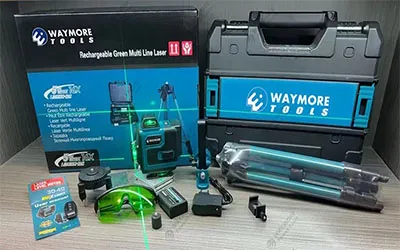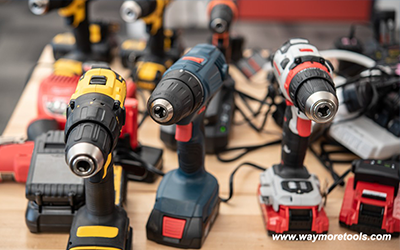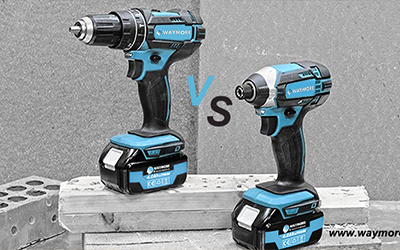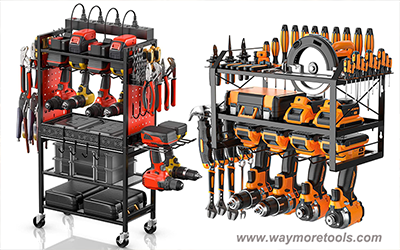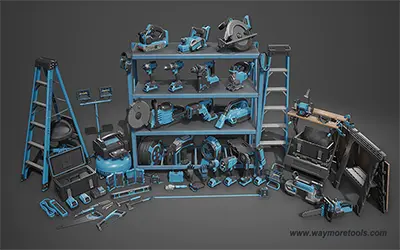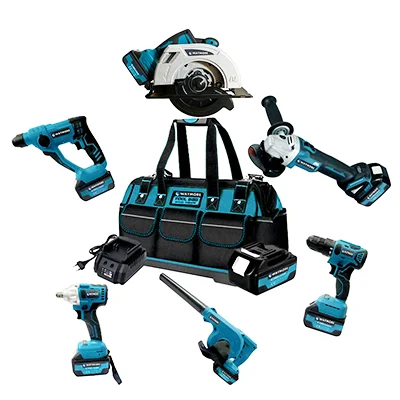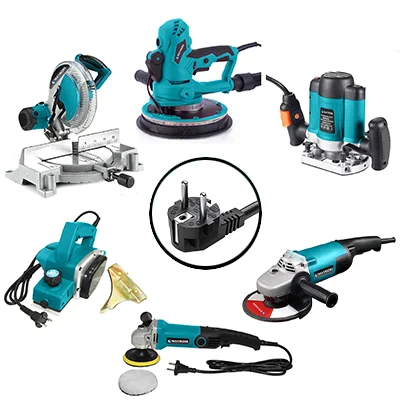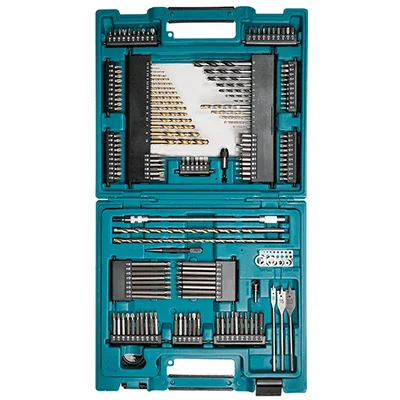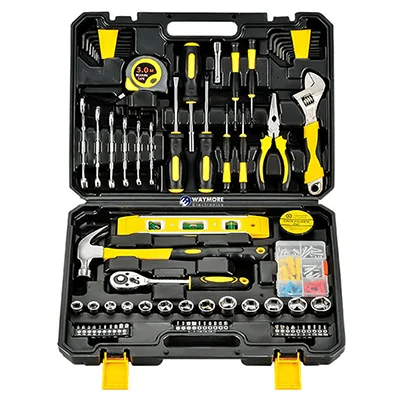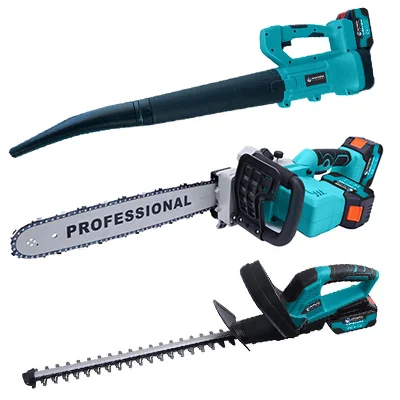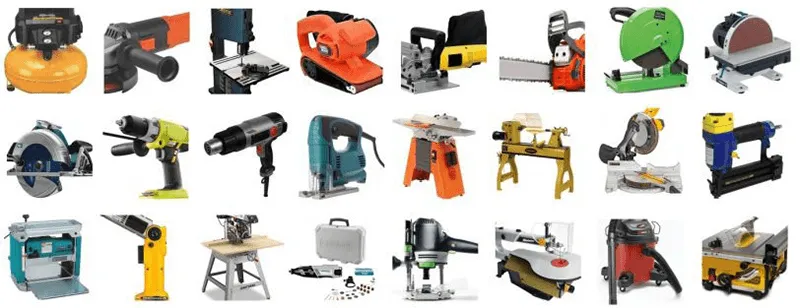
A Journey through Time: Power Tools' Journey From Innovation to Wide Application
In the vast landscape of tool history, the evolution of electric drills and routers stands out as a testament to human ingenuity and the quest for efficiency. From primitive tools crafted from rocks to the advent of copper, iron, and steel implements, humans have been honing their tool-making skills for at least two and a half million years. This journey brings us to the relatively recent, yet immensely impactful, era of power tools.
The Birth of Portable Electric Drills (1895-1916)
The inaugural glimpse into the world of portable electric power tools was provided by the German engineering firm C and E Fein in 1895. Their creation, a 16.5-pound drill powered by a DC motor, marked the inception of electrically-driven tools. This drill, operated by the weight of the user and equipped with a chest plate for added pressure, laid the foundation for future innovations.
Fast forward to 1914 when Duncan Black, a tool-and-die worker, and Alonzo Decker opened a machine shop in Baltimore. Their eureka moment struck in 1916 when, inspired by the design of a Colt automatic, they introduced the first pistol grip trigger switch drills. These drills were not only lighter and more powerful but also allowed for single-handed operation—a groundbreaking improvement that propelled the power tool industry forward.
The Router: Shaping Woodworking (1919)
In 1919, RL Carter, a pattern maker, unveiled the router—an often overlooked yet indispensable power tool. This small, round device spun various bits to cut grooves into wood pieces, revolutionizing woodworking. The router made it feasible for individuals to create molded profiles on the edges of workpieces without the need for expensive and intricate hand planes. Its introduction signaled a new era in shaping wood.
Impact on Woodworking and Beyond
The rise of electric drills and routers had a profound impact on woodworking, making tasks more efficient and accessible. The power and speed offered by these tools appealed to both professionals and do-it-yourself enthusiasts alike. Woodworking tasks, from crafting doors to cabinets, became more achievable, thanks to the versatility and precision of power tools.
Continuous Evolution and Versatility
This historical journey illustrates the continuous evolution of power tools. The pistol grip trigger switch drills pioneered by Black & Decker became symbolic of innovation, enabling users to operate drills with unprecedented ease. Simultaneously, routers emerged as indispensable tools for shaping wood, showcasing the versatility inherent in the evolution of power tools.
The evolution of electric drills and routers represents a fascinating chapter in the broader narrative of tool history. These innovations not only shaped the woodworking landscape but also reflected humanity's relentless pursuit of efficiency and progress. From the cumbersome early designs to the sleek and versatile tools of today, the journey of power tools continues, leaving an indelible mark on our approach to craftsmanship and DIY projects.
The Birth of Innovative Power Tools
The 1920s and 30s witnessed a surge in power tool innovations, showcasing the relentless pursuit of efficiency and productivity. RL Carter, the inventor of the router, conceptualized this essential woodworking tool while reworking an electric barber's clipper in his garage. Following Carter's lead, a stream of inventors embarked on a journey to revolutionize power tools.
Power Tool Pioneers: Pervert Thoughts and Al Petersen
In 1923, Pervert Thoughts, from his garage in Milwaukee, Wisconsin, introduced the scroll saw, a manual tool with a reciprocating blade. This innovative tool gained popularity among hobbyists. Meanwhile, Al Petersen, challenged by Henry Ford in 1918, created the "Hole Shooter" electric drill in response to the need for a lighter drill on automobile assembly lines. This marked the inception of one-handed operation in drills.
Edmund Michel's Circular Saw Revolution
Edmund Michel, inspired by the laborious task of cutting sugarcane, invented the handheld circular saw in the 1920s. Initially, the saw had limitations, lasting only seven or eight hours on the job site. However, contractors welcomed this innovation despite the need for frequent repairs, recognizing the significant time savings it offered.
Art Emmons and the Portable Belt Sander
In 1926, Art Emmons, working for the Porter Cable Company, envisioned addressing the labor-intensive tasks of sanding and finishing. His invention, the portable belt sander named the "Take About," weighing less than 15 pounds, allowed workers to carry the tool to the work instead of the other way around. Emmons' creation became one of Porter Cable's best-selling tools for decades.
Challenges Amidst the Great Depression
The promising trajectory of the power tool industry faced a severe setback with the arrival of the Great Depression in 1929. The economic downturn led to widespread job losses, and professionals could no longer afford expensive tools. Even the power tool giants, including Black & Decker, experienced layoffs and financial difficulties.
Resilience and New Opportunities
Despite the challenges, the power tool industry saw a glimmer of hope with the election of President Franklin D. Roosevelt in 1932. Sears, in line with the New Deal spirit, introduced a catalog dedicated to power tools, bringing these essential products to a wider audience. A sense of optimism prevailed, signaling a potential avenue for future growth.
Power Tools in World War II
As World War II unfolded, power tool companies like Porter Cable found themselves diverted from mass market aspirations to supporting the war effort. The focus shifted to supplying tools for military applications, such as the G8 belt sander, used in manufacturing tanks, armaments, and aircraft components.
A Shift Towards Mass Marketing
Post-World War II, power tool companies emerged with a renewed focus on reaching a broader consumer market. In 1932, J. Dremel introduced the mototool, targeting hobbyists. Other industry giants like Milwaukee, Black & Decker, and Sears embraced mass marketing, with Sears offering a dedicated catalog for power tools.
Conclusion: Power Tools Pave the Way for Future Growth
The history of power tools is a testament to human ingenuity, perseverance, and adaptability. From humble beginnings to becoming ubiquitous in modern life, power tools have not only shaped industries but have empowered individuals to create, build, and innovate. As we navigate the future, the legacy of these mechanical marvels continues to evolve, driving progress in craftsmanship and construction.
 Waymore Tools
Waymore Tools
